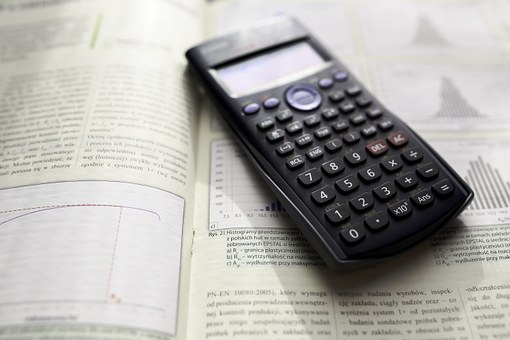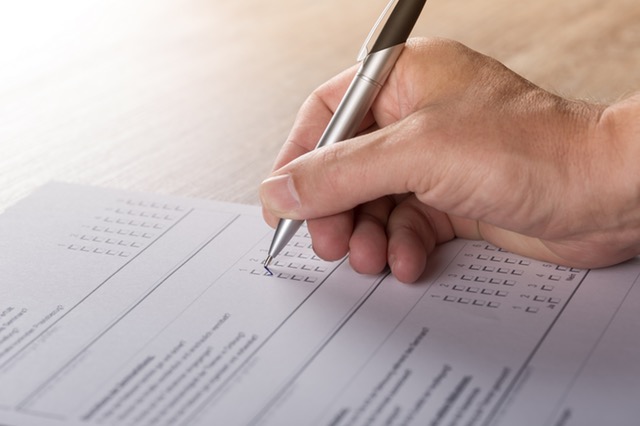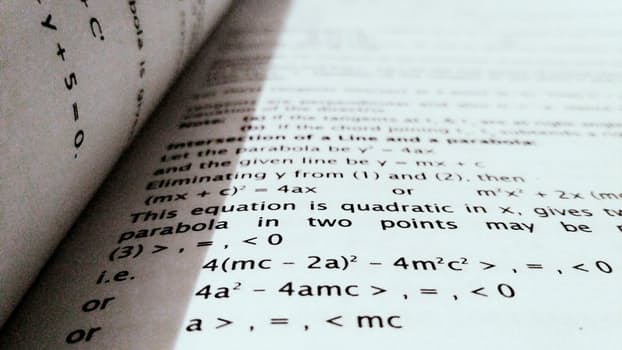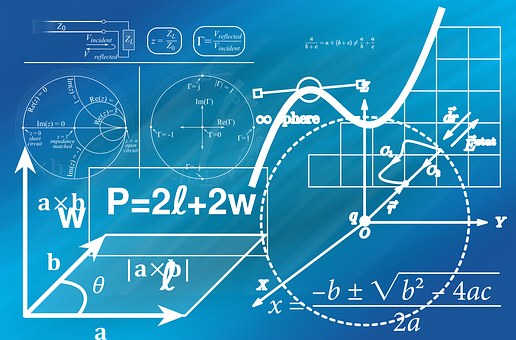
If you’re like me, you probably haven’t thought about remainders in over ten years, when you first learned about long division in elementary school. Remember those lessons on what we call the number that’s left over in a division problem? Yeah, that number’s called a remainder.
And guess what? Remainders show up a lot on the GMAT. Of course, the remainder problems you’ll encounter on the GMAT are much different than the ones you worked on when you were ten years old. GMAT remainder questions can often be quite tricky, but don’t worry! In this guide, I’ll give you a comprehensive overview of GMAT remainder problems so that you feel ready to solve them when you see them on test day.
 PrepScholar GMAT
PrepScholar GMAT

 Exponents are one of the more frequently tested concepts on the GMAT. It’s likely that you learned all the exponent formulas that you’ll need for the GMAT way back in middle and early high school math, so you’re probably overdue for a refresher! And even if you consider yourself an “exponent expert,” you’re going to have to apply your knowledge of exponents in extremely particular ways on the GMAT, as exponents can appear in a wide variety of question types and are often combined with other mathematical concepts.
Exponents are one of the more frequently tested concepts on the GMAT. It’s likely that you learned all the exponent formulas that you’ll need for the GMAT way back in middle and early high school math, so you’re probably overdue for a refresher! And even if you consider yourself an “exponent expert,” you’re going to have to apply your knowledge of exponents in extremely particular ways on the GMAT, as exponents can appear in a wide variety of question types and are often combined with other mathematical concepts.
 As you may already know, the math required for the GMAT Quant section is actually fairly basic: nothing beyond early high school-level math is tested. What’s challenging is how quickly you’ll need to be able to execute calculations to finish within the 62 minutes allotted for the 31 questions and the reasoning and analysis required to get to the right answer. In other words, the GMAT Quant section, like all other sections of the test, is more a test of how you think than what you know.
As you may already know, the math required for the GMAT Quant section is actually fairly basic: nothing beyond early high school-level math is tested. What’s challenging is how quickly you’ll need to be able to execute calculations to finish within the 62 minutes allotted for the 31 questions and the reasoning and analysis required to get to the right answer. In other words, the GMAT Quant section, like all other sections of the test, is more a test of how you think than what you know.

 Two cars bound for the same GMAT test center leave their houses at the exact same time. Car A travels 30 miles per hour; Car B travels 20 miles per hour. Car A has to travel 20 miles. Car B has to travel 15 miles. Which car will arrive first?
Two cars bound for the same GMAT test center leave their houses at the exact same time. Car A travels 30 miles per hour; Car B travels 20 miles per hour. Car A has to travel 20 miles. Car B has to travel 15 miles. Which car will arrive first?